Author: admin
-
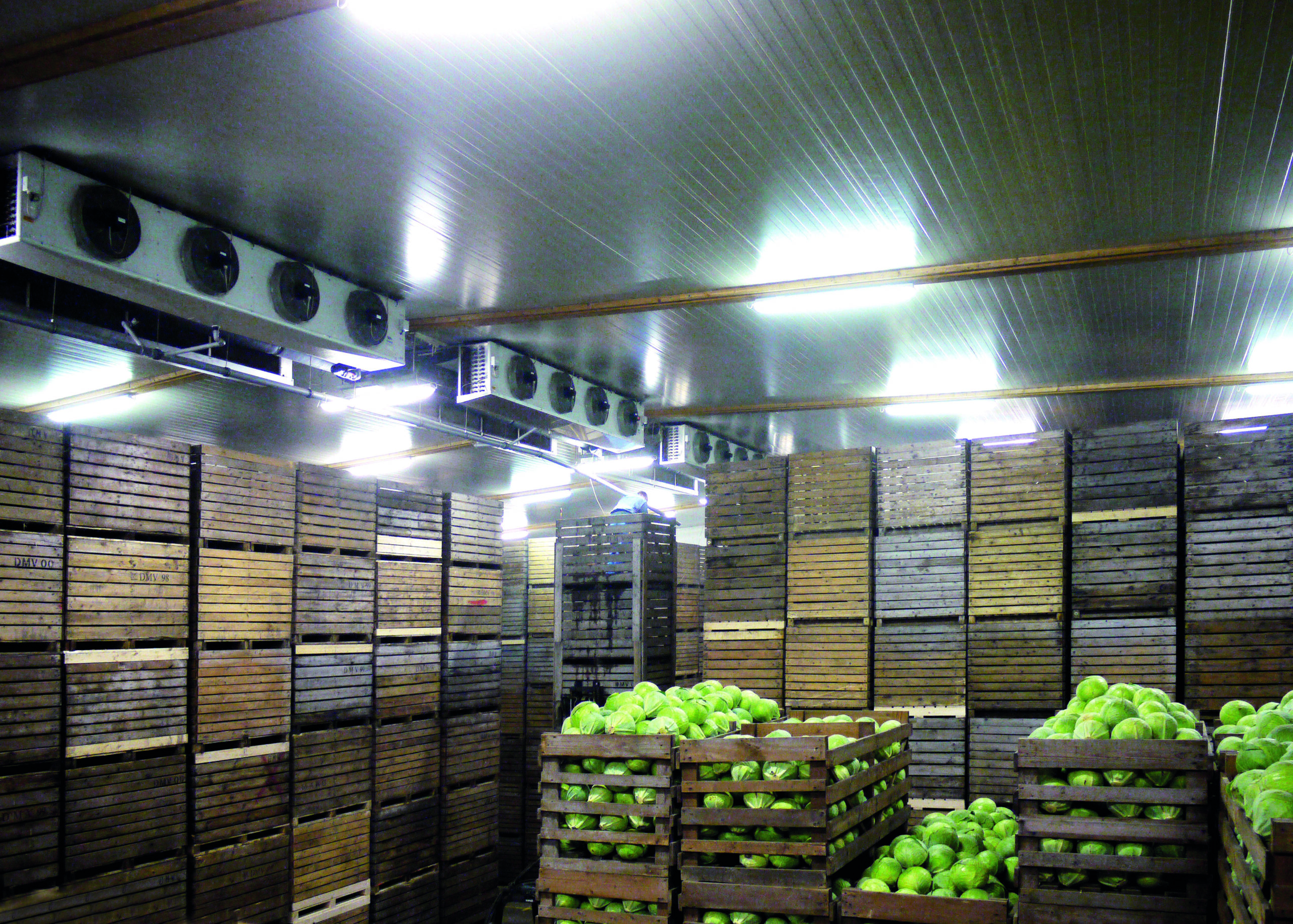
How do you operate a cold storage facility?
Operating a cold storage facility involves several key aspects to ensure that the stored goods remain at the desired temperature and quality. Here’s a general outline of the process: By managing these aspects effectively, you can ensure that a cold storage facility operates smoothly, maintaining the quality and safety of the stored products.
-

Cold Storage Efficiency Solutions in Coimbatore
In today’s competitive market, optimizing cold storage efficiency is crucial for businesses in Coimbatore. Our Cold Storage Efficiency Solutions are designed to enhance your facility’s performance, reduce energy costs, and ensure the highest standards of temperature control. Discover how our advanced solutions can transform your cold storage operations. Why Cold Storage Efficiency Matters? Efficient cold…
-
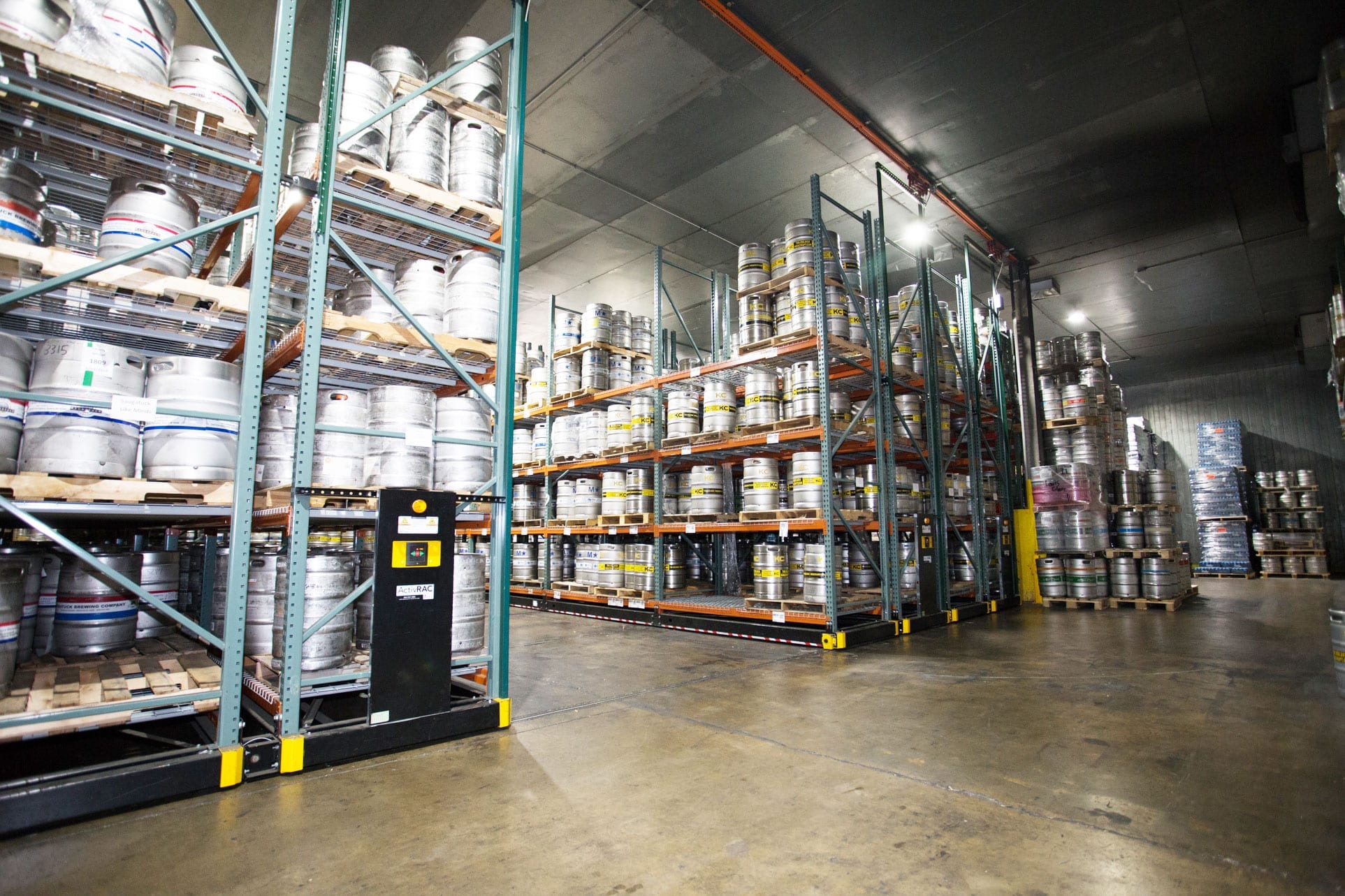
What is the process of cold storage?
Cold storage is a critical component in various industries, particularly in food and pharmaceuticals, to maintain products at specific temperatures to ensure their safety, quality, and longevity. Here’s a breakdown of the cold storage process: 1. Planning and Design 2. Construction and Setup 3. Receiving and Inspection 4. Storage 5. Inventory Management 6. Quality Control…
-

What Can Be Stored in Cold Storage? A Comprehensive Guide
Cold storage is essential for preserving a wide range of food and beverage items. Understanding what can be effectively stored in cold storage helps in maintaining freshness and extending shelf life. In this guide, we’ll explore various items that benefit from cold storage and tips for maximizing their longevity. Key Items Stored in Cold Storage…
-
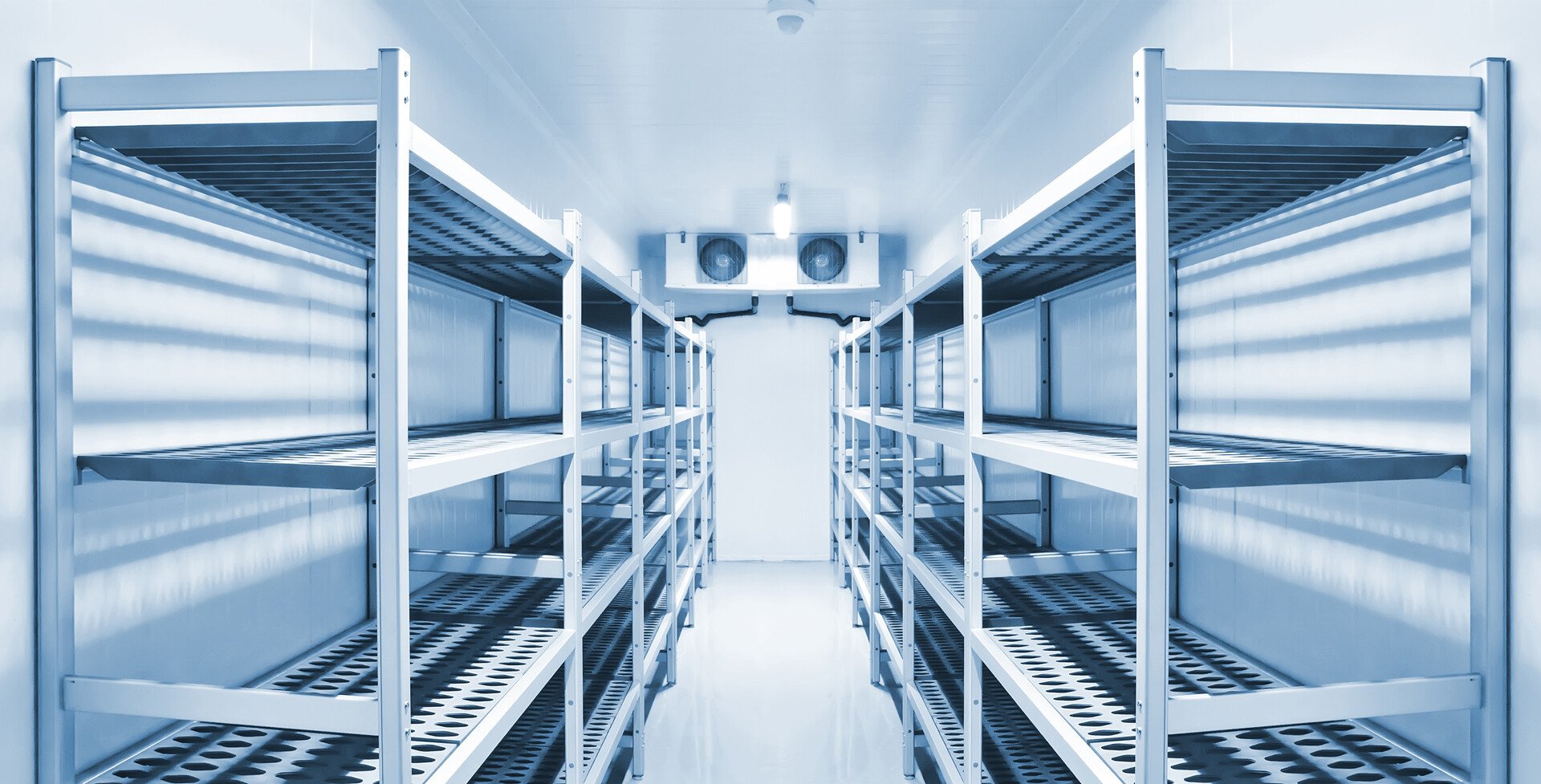
What is the different between cold storage and cold room?
The terms “cold storage” and “cold room” are often used interchangeably, but they can refer to slightly different concepts within the context of temperature-controlled environments. Here’s a breakdown of the differences: Definition: Cold storage refers to a specialized facility or warehouse designed to store perishable goods and products at controlled temperatures to maintain their quality…
-
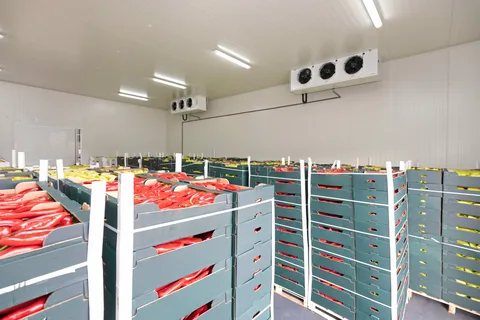
What are the benefits of temperature-controlled storage?
The benefits of temperature-controlled storage include: By utilizing temperature-controlled storage, businesses can ensure the integrity and quality of their products, maintain compliance, and reduce costs.
-
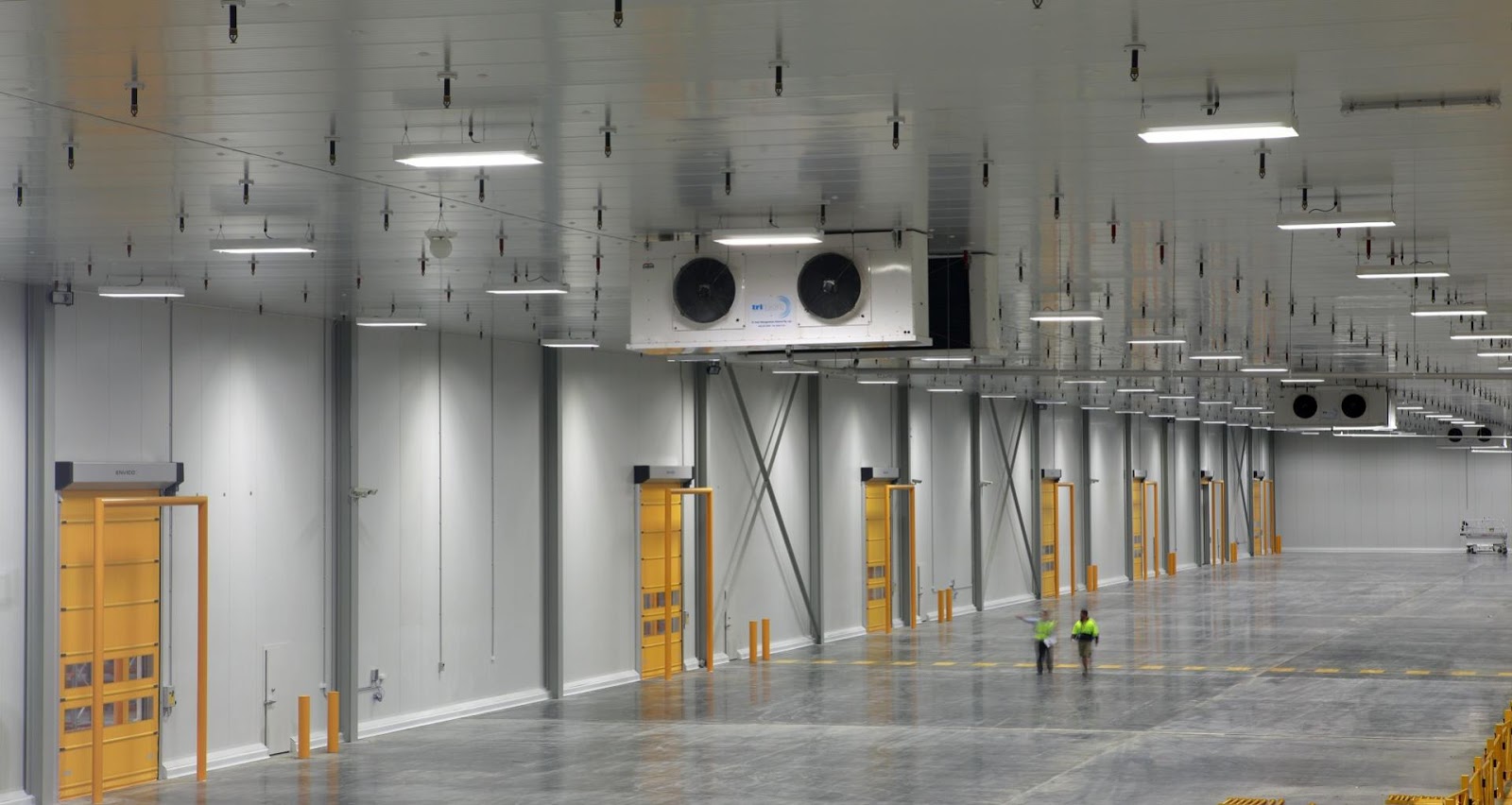
What Is Cold Storage?
Cold storage refers to the storage of goods, products, or materials at a controlled temperature, typically below 0°C (32°F), to preserve their quality, freshness, and shelf life. Cold storage facilities use refrigeration systems to maintain a consistent low temperature, which slows down the growth of microorganisms, enzymatic reactions, and other processes that can cause spoilage.…
-
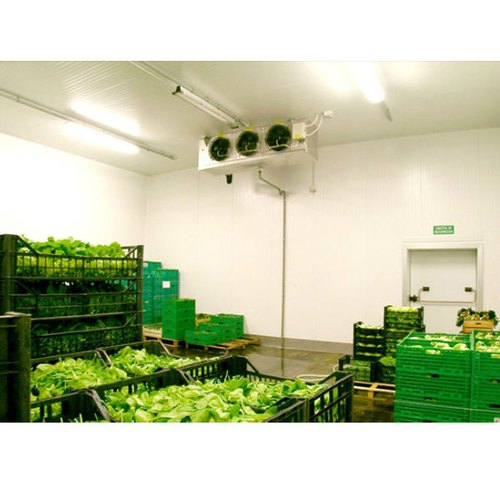
How does refrigerated storage work?
Refrigerated storage, also known as cold storage, is a type of storage facility that maintains a controlled temperature environment to store perishable goods. Here’s how it works: Basic Components: Process Types of Refrigerated Storage: Benefits Refrigerated storage is essential for industries like food processing, pharmaceuticals, and logistics, ensuring the safe and efficient storage of temperature-sensitive…
-
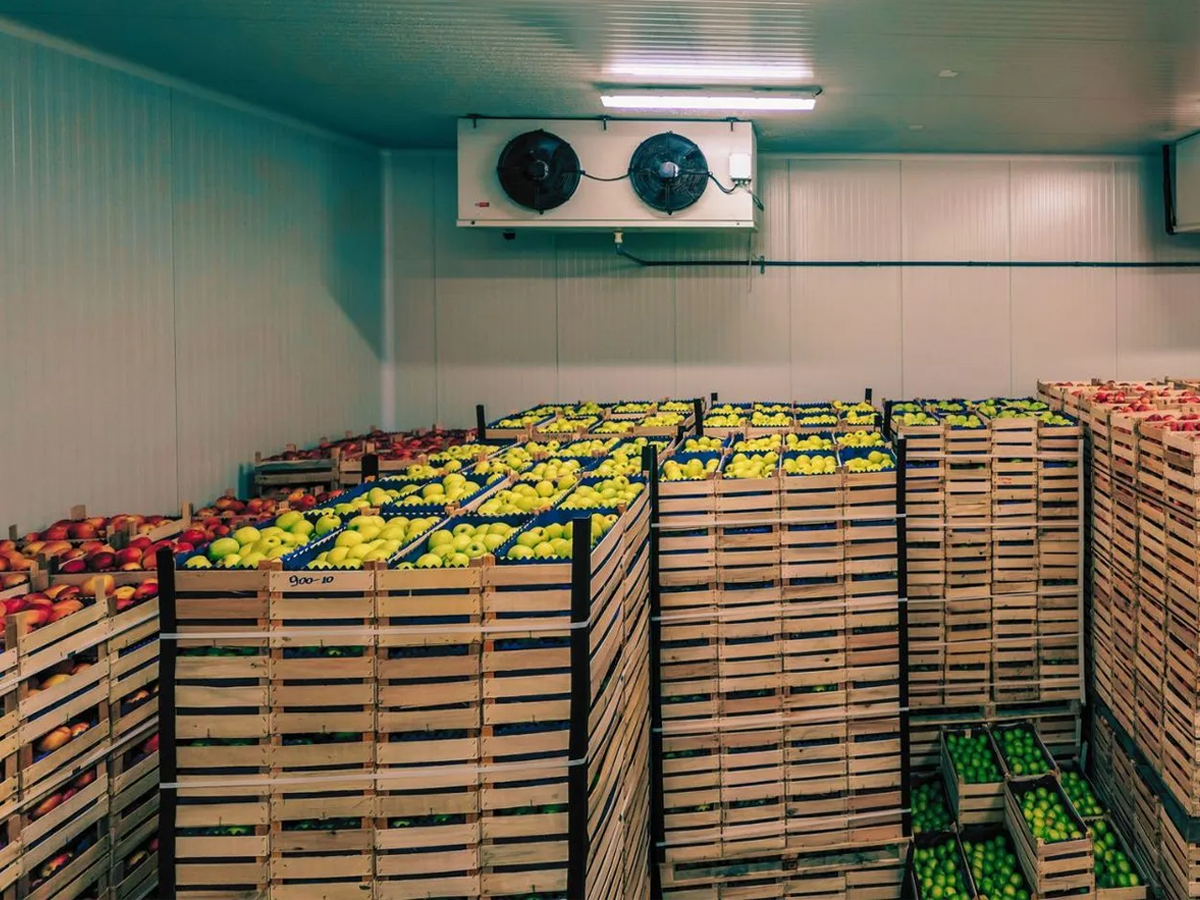
What are the conditions for cold storage?
Cold storage facilities must maintain specific conditions to ensure the safety, quality, and longevity of stored goods. These conditions vary depending on the type of products being stored, but generally include the following: 1. Temperature Control: 2. Humidity Control: 3. Airflow and Ventilation: 4. Sanitation: 5. Safety and Compliance: 6. Energy Efficiency: 7. Monitoring and…
-

What safety equipment is needed for cold storage?
Safety equipment is crucial for cold storage facilities to ensure the well-being of employees, protect stored goods, and maintain efficient operations. Here’s a comprehensive list of safety equipment typically needed for cold storage environments: Personal Protective Equipment (PPE): Safety Gear and Equipment: Fire and Safety Systems: Equipment for Handling and Maintenance: Temperature and Environmental Monitoring:…